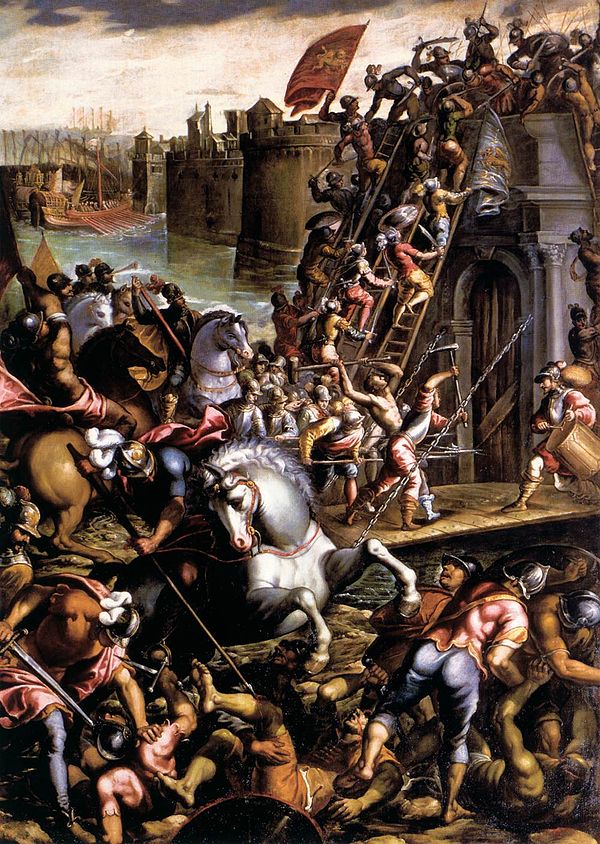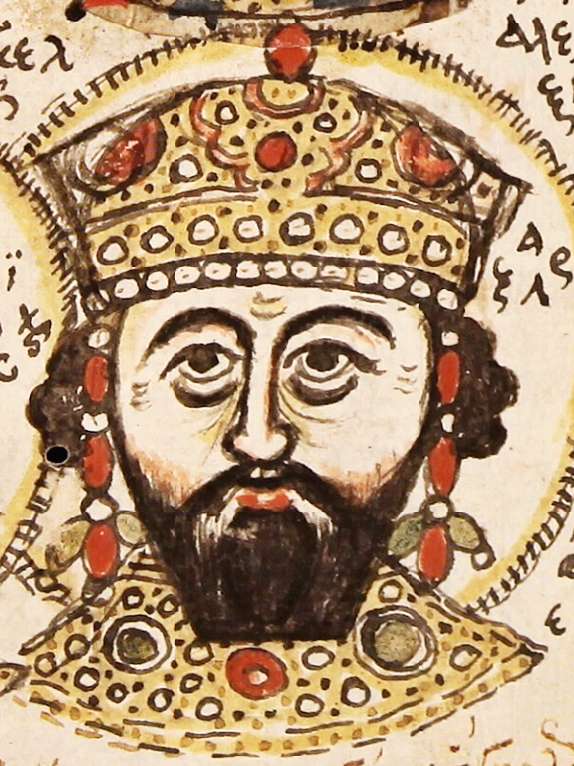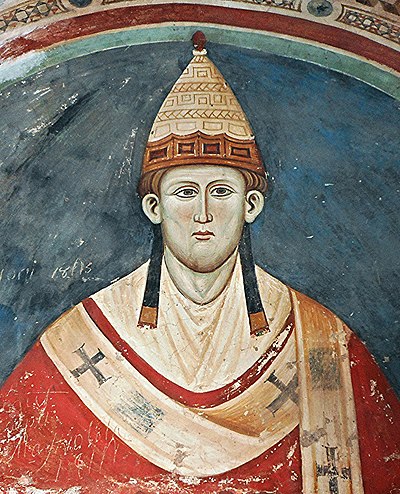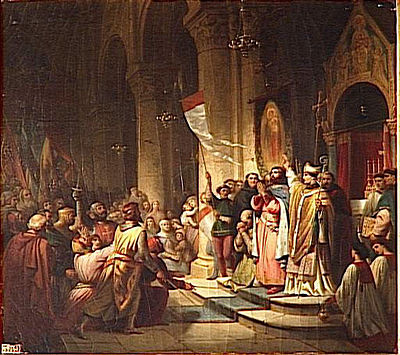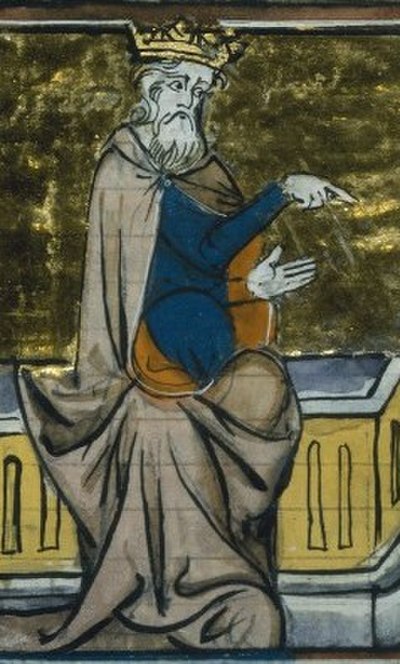Alexios IV offered to pay the entire debt owed to the Venetians, give 200,000 silver marks to the crusaders, 10,000 Byzantine professional troops for the Crusade, the maintenance of 500 knights in the Holy Land, the service of the Byzantine navy to transport the Crusader Army to Egypt, and the placement of the Eastern Orthodox Church under the authority of the Pope, if they would sail to Byzantium and topple the reigning emperor Alexios III Angelos, brother of Isaac II. This offer, tempting for an enterprise that was short on funds, reached the leaders of the Crusade on 1 January 1203 as they wintered at Zara. Count Boniface agreed and Alexios IV returned with the Marquess to rejoin the fleet at Corfu after it had sailed from Zara. Most of the rest of the crusade's leaders, encouraged by bribes from Dandolo, eventually accepted the plan as well. However, there were dissenters. Led by Renaud of Montmirail, those who refused to take part in the scheme to attack Constantinople sailed on to Syria. The remaining fleet of 60 war galleys, 100 horse transports, and 50 large transports (the entire fleet was manned by 10,000 Venetian oarsmen and marines) sailed in late April 1203. In addition, 300 siege engines were brought along on board the fleet. Hearing of their decision, the Pope hedged and issued an order against any more attacks on Christians unless they were actively hindering the Crusader cause, but he did not condemn the scheme outright.






